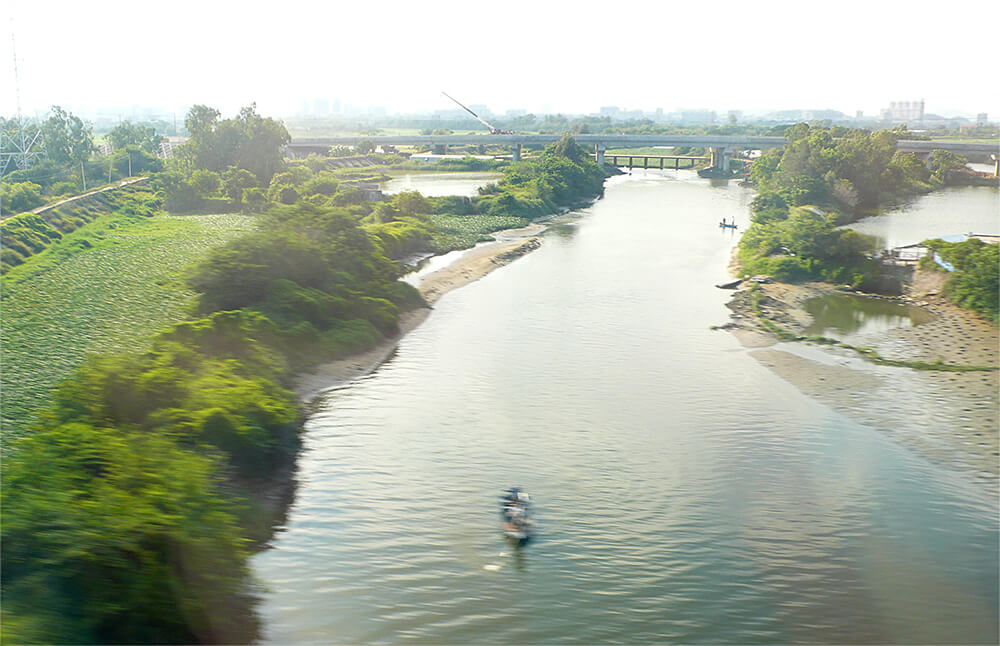Visit to Hong Kong
Before May 15 I had to leave China because then my visa expired; a month before the ending of the residency, so I needed to get myself a new visa and the closest place to do this was Hong Kong.
After some preparations and a belated departure from Xiamen’s train station due to a missing barcode on my ticket, I was on the train. It was fast (about 160 km an hour) and the passing landscape breathtaking. Cities alternate with countryside. In the beginning there is still quite some agriculture; I saw people working, alone and together, bent, their heads often covered with the typical flat pointed hats. Sometimes there was a glimpse on an old village, but most buildings are new. We passed rice fields, fish ponds, tunnels, forests and many beautiful hills, more sharply pointed towards the south.

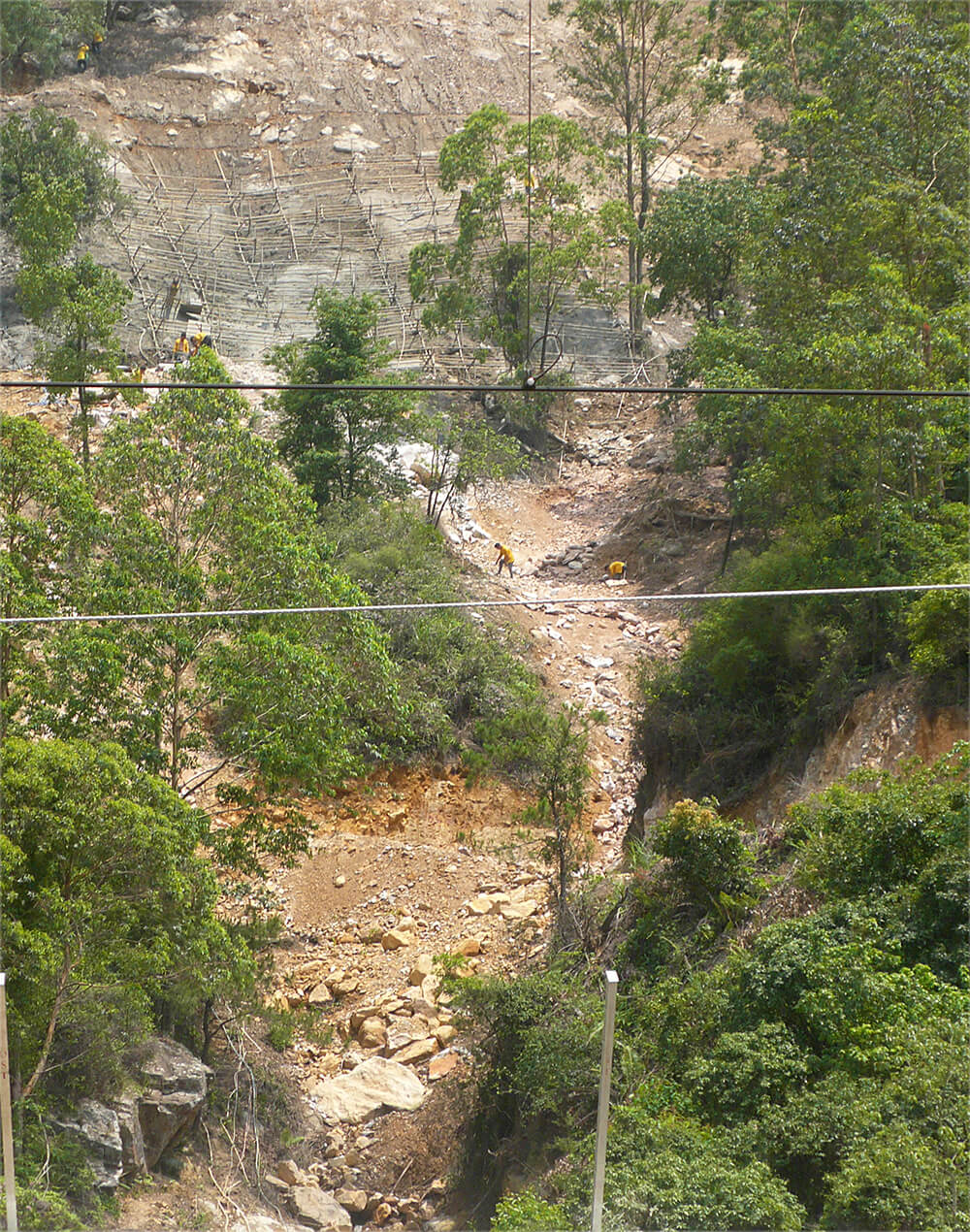
The closer we were getting to Shenzhen the building density got higher, and the building activity too.

Shenzhen was a tiny fisher’s village until 38 years ago, when it was appointed the first special economic zone in China. Now it’s a city with over 12 million habitants and still growing. It is famous for its booming technology industry and social technological experiments. But I am just passing through, without time to explore. When the train arrived in Shenzhen I moved on directly towards the metro that takes me to the border; Am I just imagining that in the metro there are proportionately much more nerdy looking young men fixed on their phones than I have seen any where else ;-)?
The border is serious. It took time to fill in forms and go through many stern looking customs, but then I was in Hong Kong! Part of China, but still with it’s own money and laws resulting from this complex special status that makes it both internal as foreign territory.
The Hong Kong metro brought me to downtown Kowloon; a nice ride, mostly on ground level through a green and mountainous landscape.
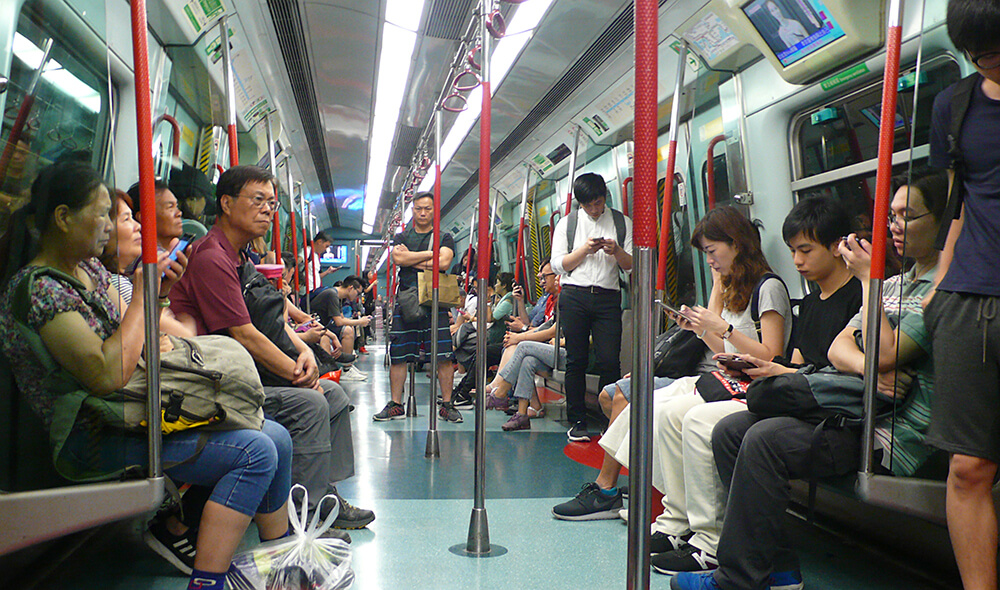
At the crowded visa agency my application was accepted. Not everybody is that lucky; waiting for my turn I witnessed a few dramas. Some people are summoned to come back with more ore other documents, or with more money. Others get to hear they don’t stand a chance to obtain a visa and will have to go back to their own country. Voices are raised, tears are shed.
Another subway ride and then I arrived in Yau Ma Tei, the dense part of Kowloon where my bed and breakfast is situated; an anonymous clean, tiny and noisy apartment to be opened with a numeric code, which gives me the creeps. The absent owner has managed to squeeze in three mini bedrooms and my two flatmates are a punk girl from Taiwan on the lookout for a missing friend, and a young Spaniard starting a Hong Kong branch for the chamber of commerce of his province, both with interesting stories that I heard the following evenings.
The next morning I take the metro to the university neighbourhood on Hong Kong Island.
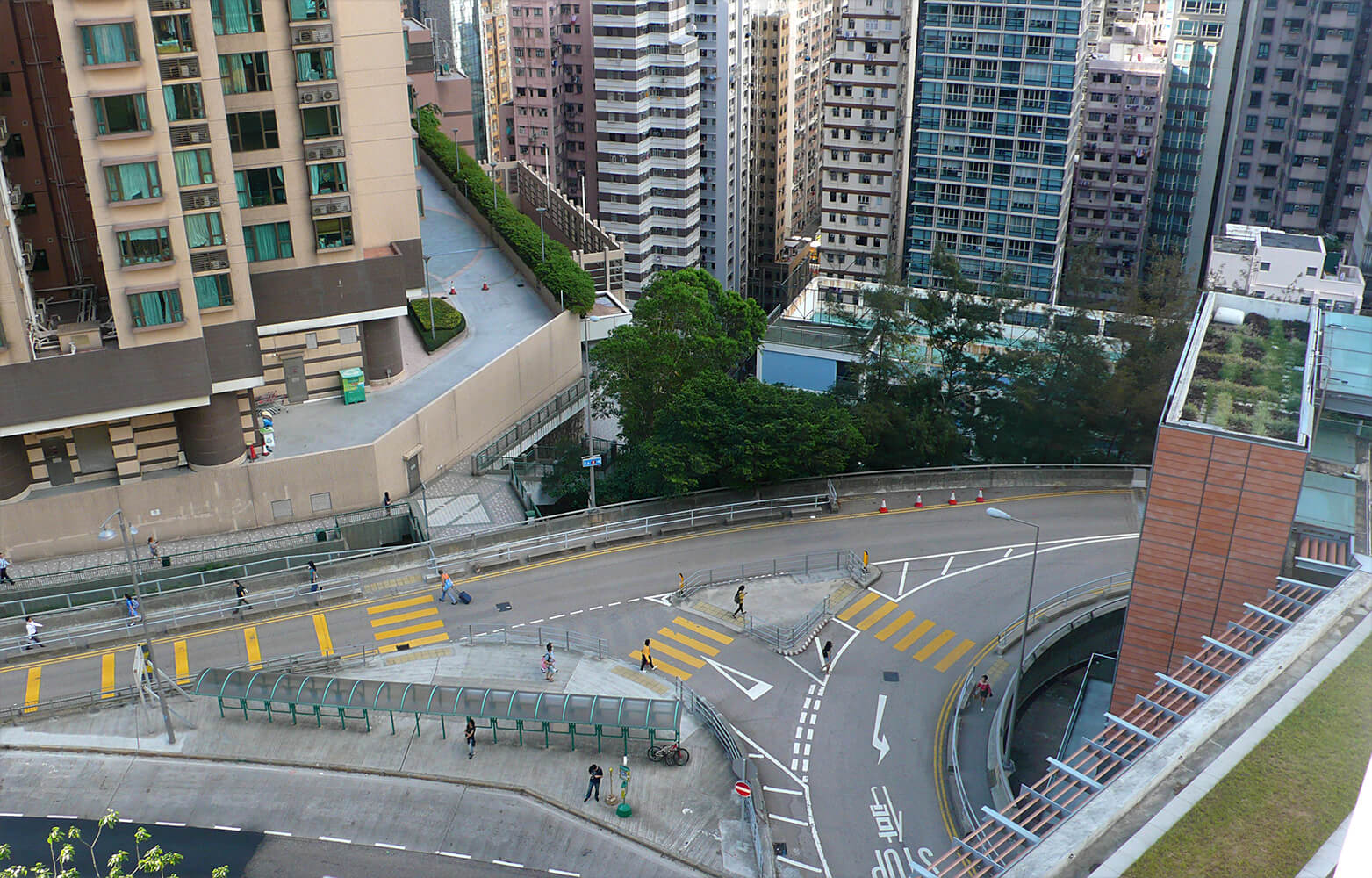
I previously checked the internet for exhibitions. The contemporary art museum is closed and the private galleries don’t seem to have any interesting shows at that moment but I did find two promising heritage museums. The first day I go out to visit the University Museum and Art Gallery. First I explore the area, which is impressive; a mix of modern high-rise buildings and lovely green parks on high altitudes. It feels nice and fresh here compared to Yau Ma Tei. In the parks the paths are alternated with stairs – as in Xiamen. The vegetation is tropically exuberant and there is a pond full with big shiny fish.
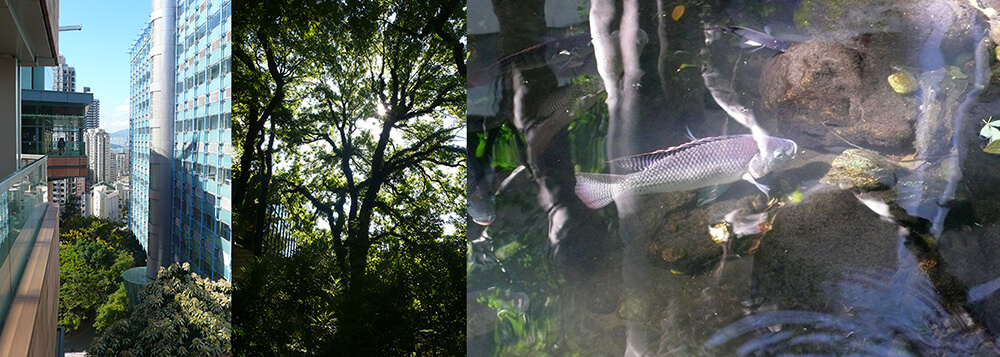

The University Museum and Art Gallery is a nice surprise, set partly in a spacious early 20th century English villa that looks tiny in between the skyscrapers. Entering one arrives in another world, a studious and slow one; a bit dusty maybe. I like it ;-).

Their collection of ink paintings unfortunately is not on display but there are enough other things to see. Downstairs the rooms are filled with 19th century furniture made from wood, bamboo and marble. Upstairs are many beautifully displayed bronzes and ceramics from the Neolithic period until the Qing dynasty. It is quiet and I took my time to look, and to make drawings and notes.

Afterwards I visited the other part of the museum set in the modern T. T. Tsui Building. It has an interesting photography exhibition of Walter Bosshard, a Swiss journalist who travelled through China in the thirties, especially Inner Mongolia, but also many other parts where he documented the Japanese bombing, the ruling Chang Kai Check, and Mao preparing his army in the mountains.
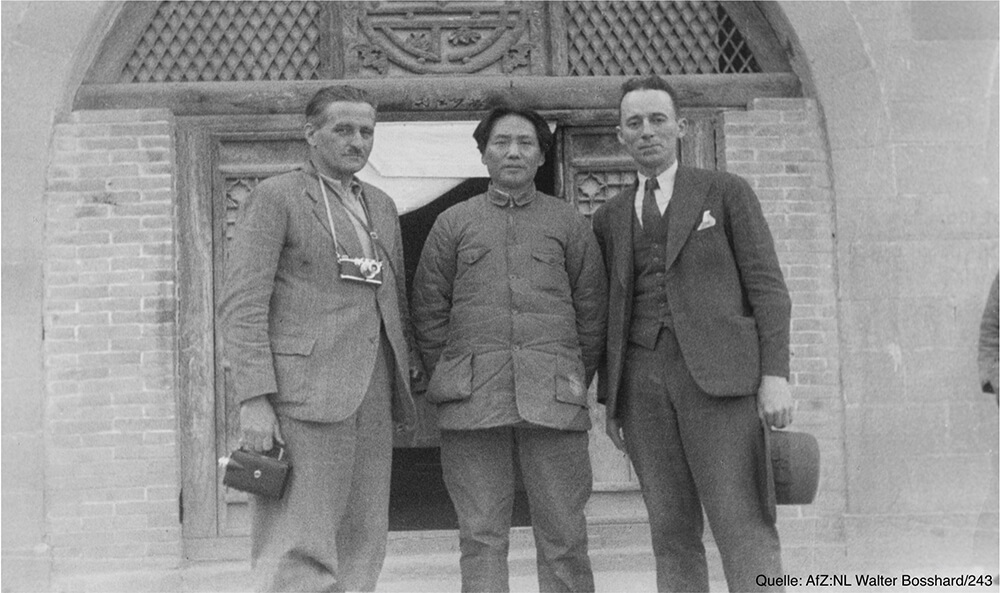
The next morning I enjoy my second Hong Kong glutinous rice breakfast in a lively place near the B&B after which I take the metro uptown where the Hong Kong Heritage Museum is situated, in a more quiet area of Kowloon.
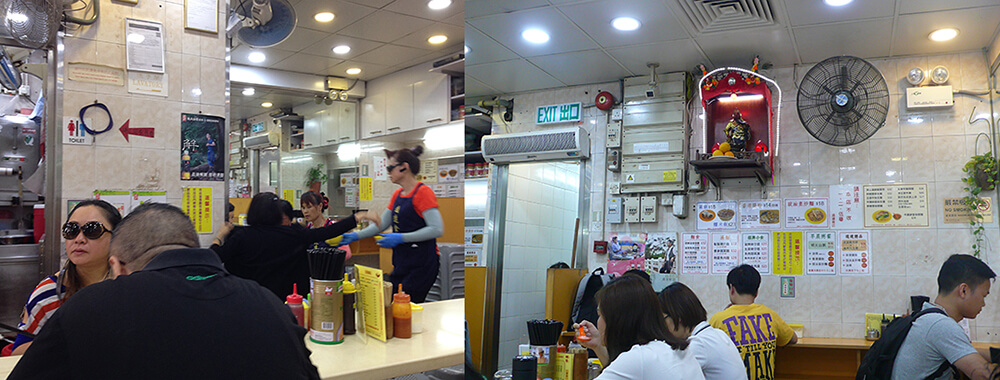
I never had expected so many parts of Hong Kong to be so green and spacious; luckily because downtown it is indeed hot, loud and full. Where I get out of the metro, behind me it is still definitely urban with impressive high-rise, but in front of me glitters the quiet Shing Mun river.
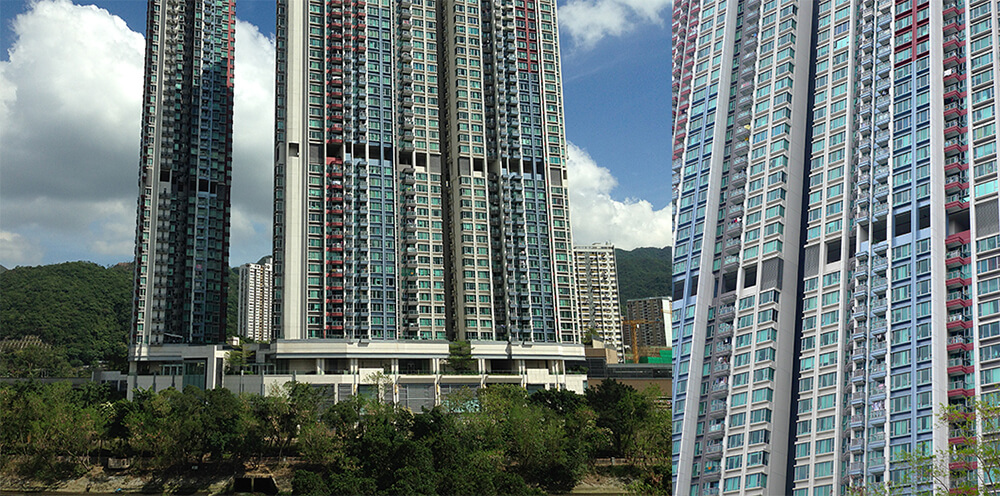
The museum, a large red bricked building, is on the other bank and I walk the pedestrian bridge towards it. There are egrets in the low water. Funny, they are the symbol of Xiamen but overthere I only saw them on posters.
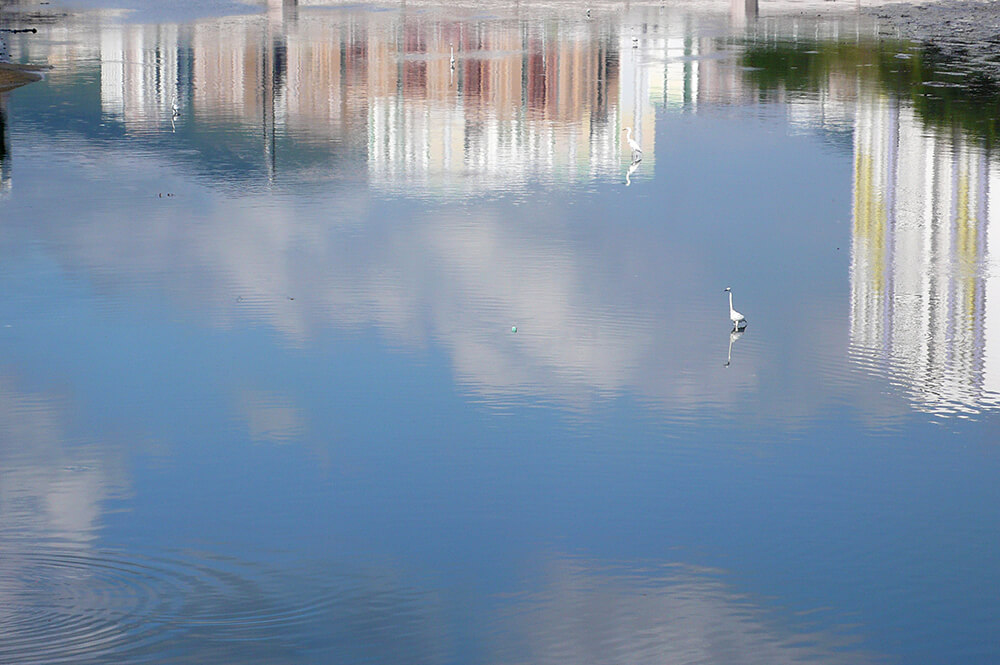
At the other bank a shaded bycicle- and foot path leads to the museum. It is flanked by many multi rooted banyan trees by and some beautiful platoons.
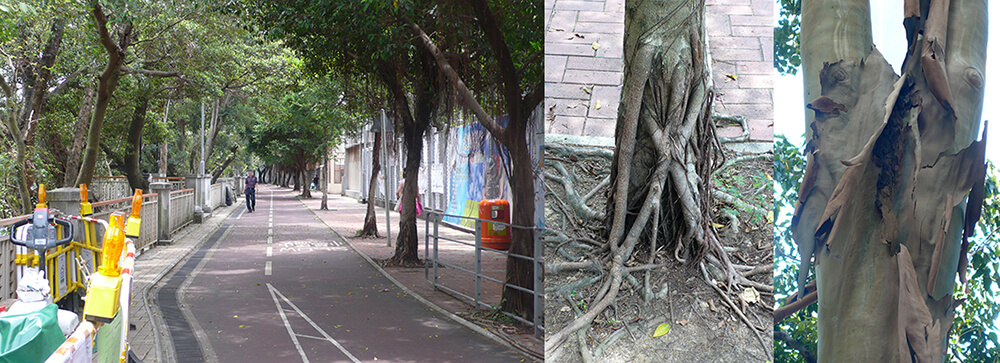
The Hong Kong Heritage Museum is also amazing. It showcases an even larger amount of ancient Chinese artefacts than I saw yesterday. The collection was donated to the museum by Mister T.T. Tsui, obviously an important figure in Hong Kong because the modern wing of yesterdays University Museum also bears his name.
I google him: He was born in the Jiangxi province on the mainland, and when he was nine, in 1948, the year that the communists came into power, his family went to Hong Kong. He worked as a messenger and a handyman before starting small businesses, later bigger ones, after which he became an investor, soon on an international scale, and finally also a public figure, art collector and philanthropist until he died of a heart attack at 69. A life connected to the things I see here. Art and money; money and politics; politics and art. Uncomfortable marriages. Difficult not to reflect on this in this booming business city. Nor in China. Nor in Europe, for what it matters ;-/. The collection is magnificent and I spent hours seeing it.
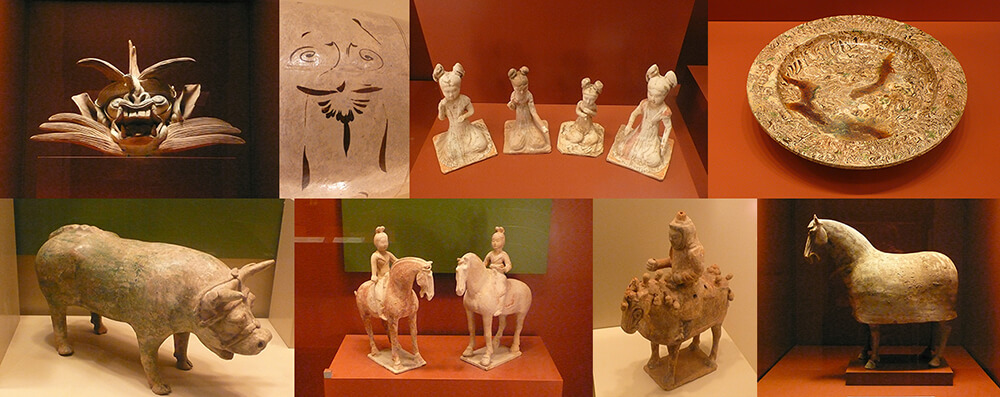
Afterwards I discover on the first floor a permanent exhibition of Bruce Lee!
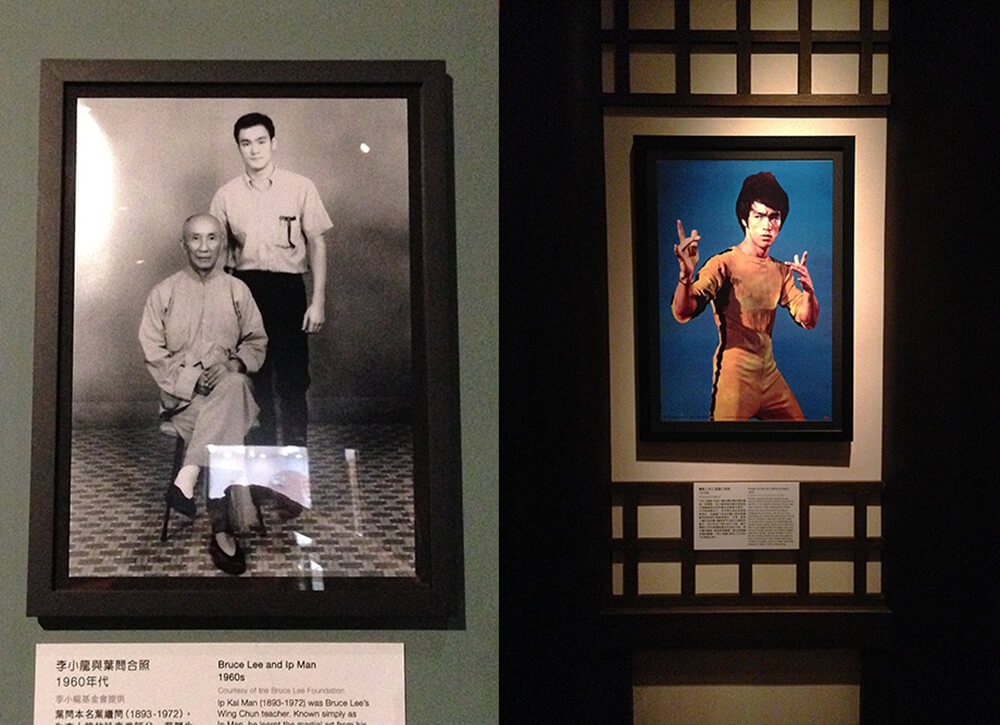
On the way back to the metro I photograph many of the beautiful banyan trees I had already admired walking towards the museum, after which I travel downtown again to get the visa.
Arriving early I first pay a quick visit to the nearby Hong Kong History Museum, cramped with visitors. It displays the geography and the development of the island and the city, mainly by means of big tableaus. It’s mainly educational and technical, but it has one tiny and very ancient sculpture that impresses me very much.
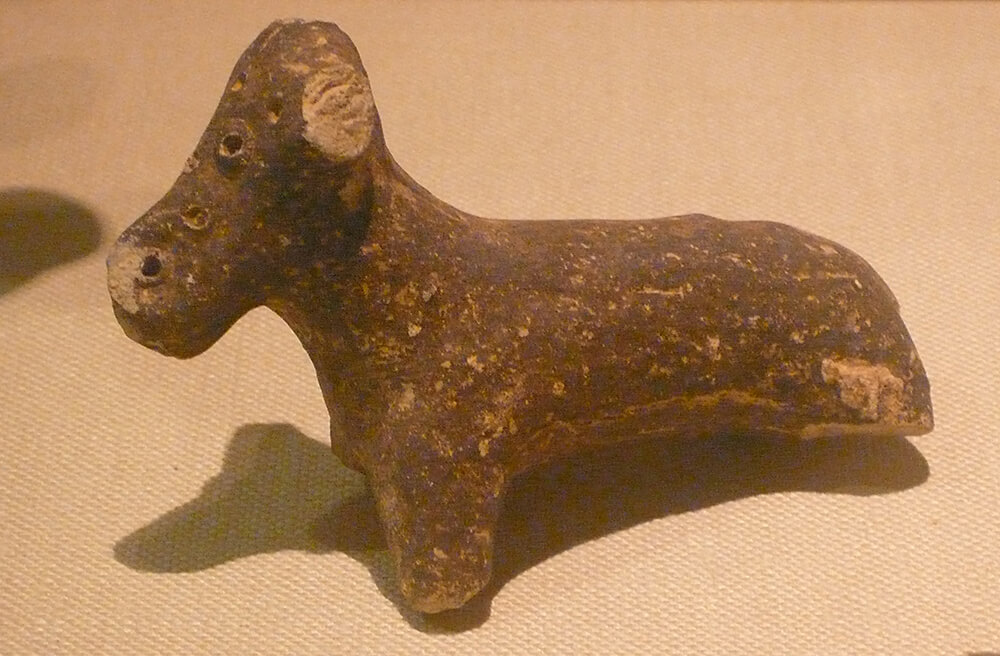
The next day, it is back to Xiamen. The trip was intense again because of the customs and the many transfers but went smoothly. And again the train windows offered great views.
